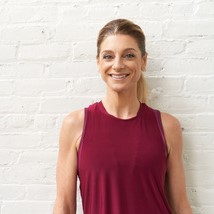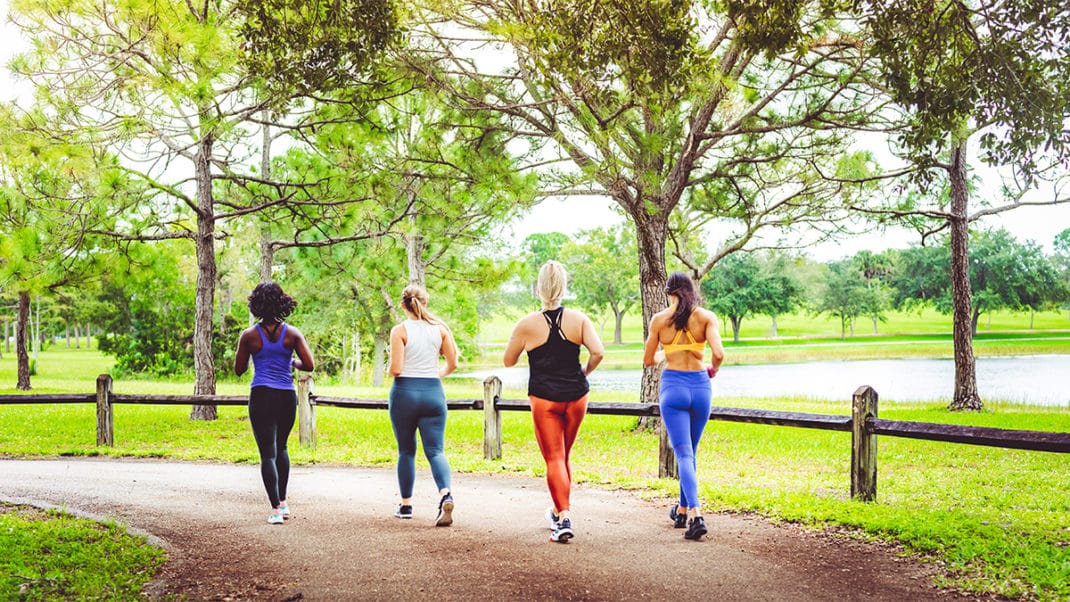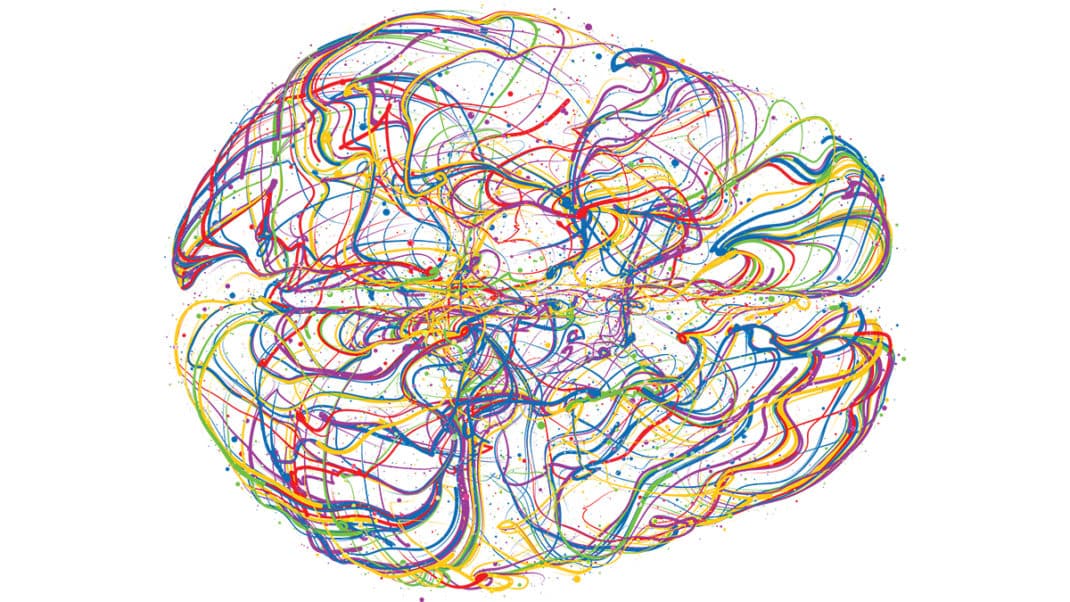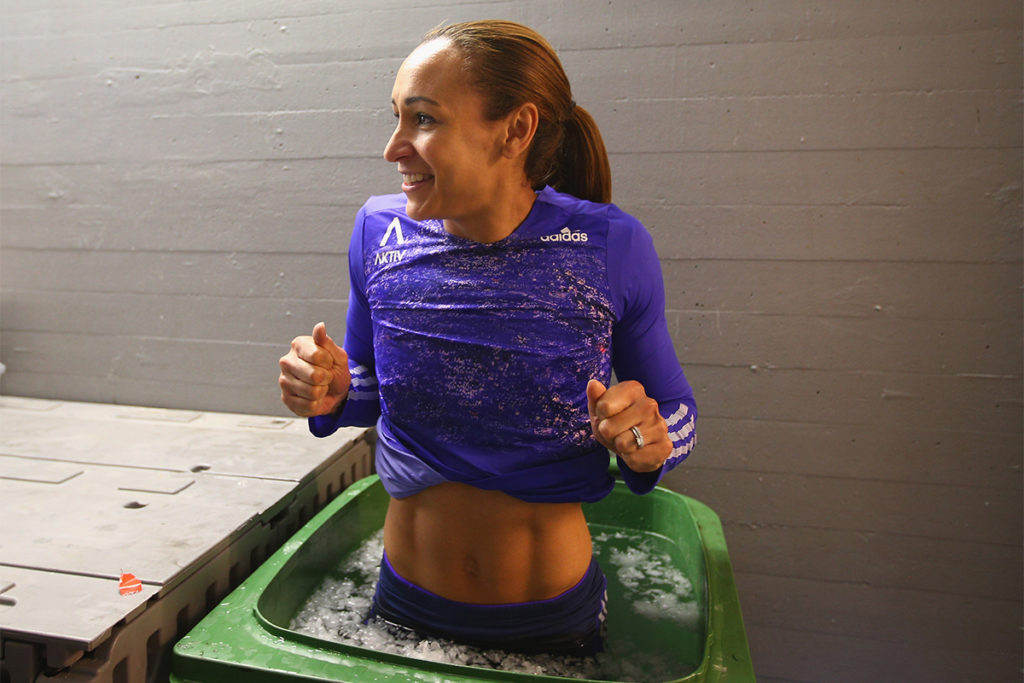Boosting Your Body Image
Expert tips on maintaining health and fitness
When was the last time you heard an infant say she couldn’t come out to play because she was having a bad hair day? How many toddlers do you know who’ll refuse an ice-cream cone because they want to squeeze into their “skinny jeans”? We are not born with a body image. The way we feel about how we look is learned and influenced by family, friends and the media. It is also influenced—positively or negatively—by our race, our gender and the culture in which we are raised.
Do you worry that your body image is down in the dumps? Do you wonder why it matters if your body image is negative or positive? Learn more about body image and how you can boost it with the following information from Lisa Druxman, MA, a group exercise instructor and personal trainer who is creator of Stroller Strides, LLC, and has a master’s degree in psychology with an emphasis on exercise adherence and weight control.
Why a Negative Body Image Can Hurt You. Body image is the conception or picture you have of your own body. Unfortunately, research has shown that negative body image can harm kids, adolescents, men, pregnant or postpartum women and women of all ethnicities. There is clear evidence that negative body image is linked to serious health and emotional problems. People with poor body image are more likely to experience depression, disordered eating and anxiety disorders. They are also more likely to go to unhealthy lengths to change or alter their bodies and appearance. Not sure whether your body image is positive? Read the signs in the “Poor Versus Positive Body Image” box.
Work Toward a Positive Body Image. If you find yourself feeling bad about your body, try these strategies:
- Care for and value your body at
all times. - Dress in a way that makes you feel
good right now. - Find a physical activity that is pleasant
and sustainable; accomplishing some-
thing physical will boost your
self-esteem. - Learn to trust your body.
- Look in the mirror without judging
yourself; view yourself as a whole
person instead of compartmentalizing
your body. - Set your goals in terms of achieving
physical health and emotional well-
being rather than obsessing about
your physical appearance.
Change Your Negative Thinking. If you have a hard time with the strategies mentioned above, do one or both of the following activities:
- Magazine Montage. Gather a variety
of magazines. Create two different
collages of ads, one showing healthy
images and the other showing negative,
unrealistic images. Use colored markers
to draw silly images on the negative
collage. This exercise helps you identify
how few healthy ideals appear in the
mainstream press and allows you to
“cross out” the negative images from
your reality. - Celebrating Self. This exercise focuses
on recognizing and celebrating your
positive qualities. Do the exercise with
a friend or loved one. Ask the other
person to write down what he or she
thinks are your positive attributes and
then do the same for him or her.
Is your body image negative or healthy? Check the signs below.
Negative body image is:
- having a distorted perception of your shape
- believing that only other people are attractive
- being ashamed, self-conscious and anxious about your body
- feeling uncomfortable and awkward in your body
Positive body image is:
- having a true perception of your shape
- celebrating and appreciating your natural body shape
- understanding that a person’s physical appearance says very little about his or her character and value as a person
- being proud and accepting of your unique body
- refusing to spend an unreasonable amount of time worrying about food, weight and calories
- feeling comfortable and confident in your body
Source: National Eating Disorders Association
Sue Hitzmann, MS
Sue Hitzmann, MS, is the creator of the MELT Method®, nationally recognized educator, manual therapist and founding member of the Fascia Research Society. She is a presenter for IDEA, ECA and PMA, and a CEU provider for ACE, AFAA, NASM, PMA and NCBTMB. She has trained instructors from over 20 countries and is the author of the New York Times bestseller The MELT Method, which has been translated into eight languages, as well as the recent book, MELT Performance.





